
Dushanbe is the capital and largest city of Tajikistan. As of January 2022, Dushanbe had a population of 1,201,800 and that population was largely Tajik. Until 1929, the city was known in Russian as Dyushambe, and from 1929 to 1961 as Stalinabad, after Joseph Stalin. Dushanbe is located in the Gissar Valley, bounded by the Gissar Range in the north and east and the Babatag, Aktau, Rangontau and Karatau mountains in the south, and has an elevation of 750–930 m. The city is divided into four districts, all named after Persian historical figures: Ismail Samani, Avicenna, Ferdowsi, and Shah Mansur.

Russian literature refers to the literature of Russia and its émigrés and to Russian-language literature. The roots of Russian literature can be traced to the Middle Ages, when epics and chronicles in Old East Slavic were composed. By the Age of Enlightenment, literature had grown in importance, and from the early 1830s, Russian literature underwent an astounding golden age in poetry, prose and drama. Romanticism permitted a flowering of poetic talent: Vasily Zhukovsky and later his protégé Alexander Pushkin came to the fore. Prose was flourishing as well. Mikhail Lermontov was one of the most important poets and novelists. The first great Russian novelist was Nikolai Gogol. Then came Ivan Turgenev, who mastered both short stories and novels. Fyodor Dostoevsky and Leo Tolstoy soon became internationally renowned. Other important figures of Russian realism were Ivan Goncharov, Mikhail Saltykov-Shchedrin and Nikolai Leskov. In the second half of the century Anton Chekhov excelled in short stories and became a leading dramatist. The beginning of the 20th century ranks as the Silver Age of Russian poetry. The poets most often associated with the "Silver Age" are Konstantin Balmont, Valery Bryusov, Alexander Blok, Anna Akhmatova, Nikolay Gumilyov, Sergei Yesenin, Vladimir Mayakovsky, and Marina Tsvetaeva. This era produced some first-rate novelists and short-story writers, such as Aleksandr Kuprin, Nobel Prize winner Ivan Bunin, Leonid Andreyev, Fyodor Sologub, Yevgeny Zamyatin, Alexander Belyaev, Andrei Bely and Maxim Gorky.

Tajik, also called Tajiki Persian or Tajiki, is the variety of Persian spoken in Tajikistan and Uzbekistan by Tajiks. It is closely related to neighbouring Dari of Afghanistan with which it forms a continuum of mutually intelligible varieties of the Persian language. Several scholars consider Tajik as a dialectal variety of Persian rather than a language on its own. The popularity of this conception of Tajik as a variety of Persian was such that, during the period in which Tajik intellectuals were trying to establish Tajik as a language separate from Persian, prominent intellectual Sadriddin Ayni counterargued that Tajik was not a "bastardised dialect" of Persian. The issue of whether Tajik and Persian are to be considered two dialects of a single language or two discrete languages has political sides to it.

Persian literature comprises oral compositions and written texts in the Persian language and is one of the world's oldest literatures. It spans over two-and-a-half millennia. Its sources have been within Greater Iran including present-day Iran, Iraq, Afghanistan, the Caucasus, and Turkey, regions of Central Asia and South Asia where the Persian language has historically been either the native or official language. For example, Rumi, one of the best-loved Persian poets, born in Balkh or Wakhsh, wrote in Persian and lived in Konya, at that time the capital of the Seljuks in Anatolia. The Ghaznavids conquered large territories in Central and South Asia and adopted Persian as their court language. There is thus Persian literature from Iran, Mesopotamia, Azerbaijan, the wider Caucasus, Turkey, Pakistan, Bangladesh, India, Tajikistan and other parts of Central Asia. Not all Persian literature is written in Persian, as some consider works written by ethnic Persians or Iranians in other languages, such as Greek and Arabic, to be included. At the same time, not all literature written in Persian is written by ethnic Persians or Iranians, as Turkic, Caucasian, and Indic poets and writers have also used the Persian language in the environment of Persianate cultures.
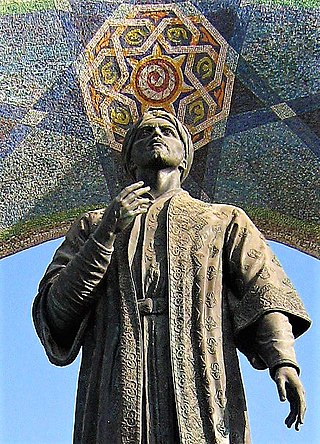
Rudaki was a Persian poet, singer and musician who served as a court poet under the Samanids. He is regarded as the first major poet to write in New Persian. Said to have composed more than 180,000 verses, only a small portion of his work has survived, most notably a small part of his versification of the Kalila wa-Dimna, a collection of Indian fables.
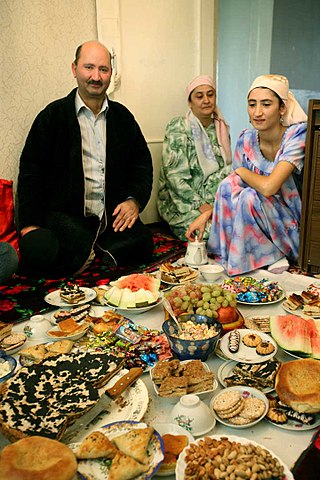
The culture of Tajikistan has developed over several thousand years. Tajik culture can be divided into two areas, Metropolitan and Kuhiston (Highland). Modern city centres include Dushanbe, Khudjand, Kulob, and Panjikent.
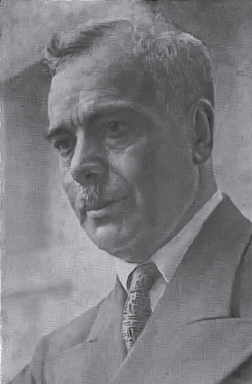
Abolqāsem Lahūtī was an Iranian-Soviet poet and political activist who was active in Iran during the Persian Constitutional Revolution and in Tajikistan in the early Soviet era.

Sadriddin Ayni was a Tajik intellectual who wrote poetry, fiction, journalism, history, and a dictionary. He is regarded as Tajikistan's national poet and one of the most important writers in the country's history.
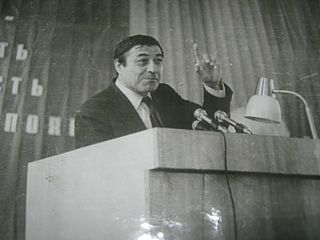
Layeq Sherali was a Tajik poet, Iranologist and one of the most celebrated Persian literary figures of Tajikistan and central Asia.
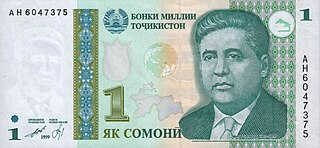
Mirzo Tursunzoda was an important Tajikistani and Soviet poet and a prominent political figure, full member (academician) of the Tajik Academy of Sciences, a member of the Central Committee of the Communist Party of Tajikistan, a member of the Union of Soviet Writers. Today, Tursunzoda has been elevated to the level of Hero of Tajikistan.

Subhash Mukhopadhyay was one of the foremost Indian Bengali poets of the 20th century. He is also known as the "podatik kobi" in the field of Bengali literature. A book of thirty of Subhash's best known poems in English translation, titled ' As Day is Breaking', was published in 2014 by Anjan Basu, a Bangalore-based writer/critic. The book includes a rather detailed introduction to the poet's work as well. He was honoured with Jnanpith Award in 1991.
Latvian literature began in a significant way in the 19th century.
In parallel to what happened in other Soviet republics, a cinema of Tajikistan was promoted by the Soviet state, and declined in the first years after the independence, before being revitalized through the efforts of the new government.

Abdurauf Fitrat was an Uzbek author, journalist and politician in Central Asia under Russian and Soviet rule.
Khursheda Otakhonova was a Tajikistani poet and literary critic. Her poems were published under the mononym Khursheda.
Jonon Karimovna Bobokalonova was a Tajikistani writer, literary critic, and academic of the Soviet era. Her name is sometimes given as Jonon Karim.
The following is a list of state awards in Tajikistan. State awards include the orders, decorations, and medals.
Bozor Sobir was a preeminent Tajik poet and politician, known as the national poet of Tajikistan and 'the conscience of the nation'.

Kamil Yarmatov was a prominent actor and director in the cinema of Tajikistan during the Soviet era. He later moved to Uzbekistan and then to Moscow.

Ayni Opera and Ballet Theatre (Russian: Таджикский Государственный Академический театр оперы и балета им. С. Айни, romanized: Tadzhikskiy Gosudarstvennyy Akademicheskiy teatr opery i baleta im. S. Ayni, formerly known as the Tajik Musical Theatre, is a historic building and musical theatre in Dushanbe, Tajikistan. The building was named after Tajik poet Sadriddin Ayni.














